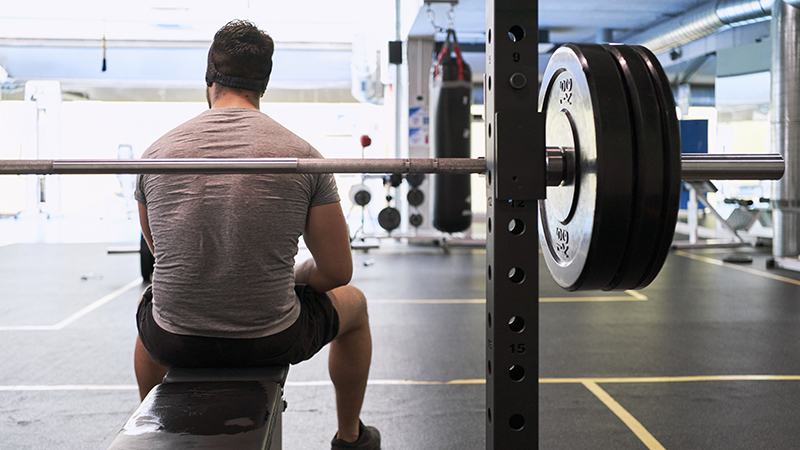Walk More, Feel Better
What 10,000 Steps Means for Your Health
Walking 10,000 steps per day burns about 500 calories. It’s the equivalent of roughly five miles, or a 90-minute walk.
If you’ve tried to get 10,000 daily steps, you may have found it surprisingly challenging. You may have even wondered, “Why 10,000?”
The number 10,000 originates from a 1960s Japanese marketing campaign for a pedometer called manpo-kei, which translates to “10,000-step meter.”
According to Orthopaedic Surgeon Mark P. Smyth, MD, Northwestern Medicine Kishwaukee Hospital, any amount of additional physical activity is a step in the right direction.
“There’s no science behind the number 10,000, but it represents an important principle: getting up and moving will improve your overall health,” says Dr. Smyth.
Still, working out for one hour a day doesn’t make up for 23 hours of being sedentary. Here’s why increasing your daily activity is important for your well-being.
Steps for Your Heart
Even low levels of physical activity can decrease your risk of heart disease, help keep your blood pressure under control, improve your circulation, lower your cholesterol and help your body better use sugar.
“If the benefits of exercise could be captured in a pill, everyone would take it,” says Cardiologist R. K. Mutharasan, MD, Northwestern Medicine Bluhm Cardiovascular Institute at Northwestern Memorial Hospital. “You don’t need intense exercise to maximize the benefits to your cardiovascular health.”
Dr. Mutharasan asserts that as little as 10 minutes of movement per day has a positive impact on heart health. A 30-minute brisk walk every day? Even better.
“Keep it simple,” he says. “Build activity into your day by doing things that you like, such as biking or walking your dog. Small steps make a big difference.”
If the benefits of exercise could be captured in a pill, everyone would take it.— R. K. Mutharasan, MD
Steps for Your Bones
Bones need to bear weight to remodel and remain strong. The more you move, the less stiff you’ll feel and the healthier your skeleton will be. Walking periodically throughout the day can also help keep your spine healthy, potentially sparing you from lower back pain.
The quantity of steps you take each day is less important than their quality and how frequently you’re moving.
Here’s how you can add activity into your everyday:
-
Use a fitness tracker to monitor your activity level, then set weekly goals for activity beyond planned workouts.
“Paying attention to your steps is a good way to gradually increase your daily activity level,” says Dr. Smyth. “Maybe you start with 3,000 daily steps, and then after a few weeks, attain 10,000. Soon, physical activity will be habitual.”
- Get off the bus or train one stop earlier.
- Park in the farthest parking spot.
- Take the stairs.
- Walk to a co-worker’s desk instead of emailing or calling them.
- Instead of going to get drinks with a friend, opt for taking a walk or going on a bike ride.
- Take a stroll while on the phone.
- Take a walk after dinner instead of watching TV.
If you have questions or concerns about your ability to exercise, talk to your physician.





